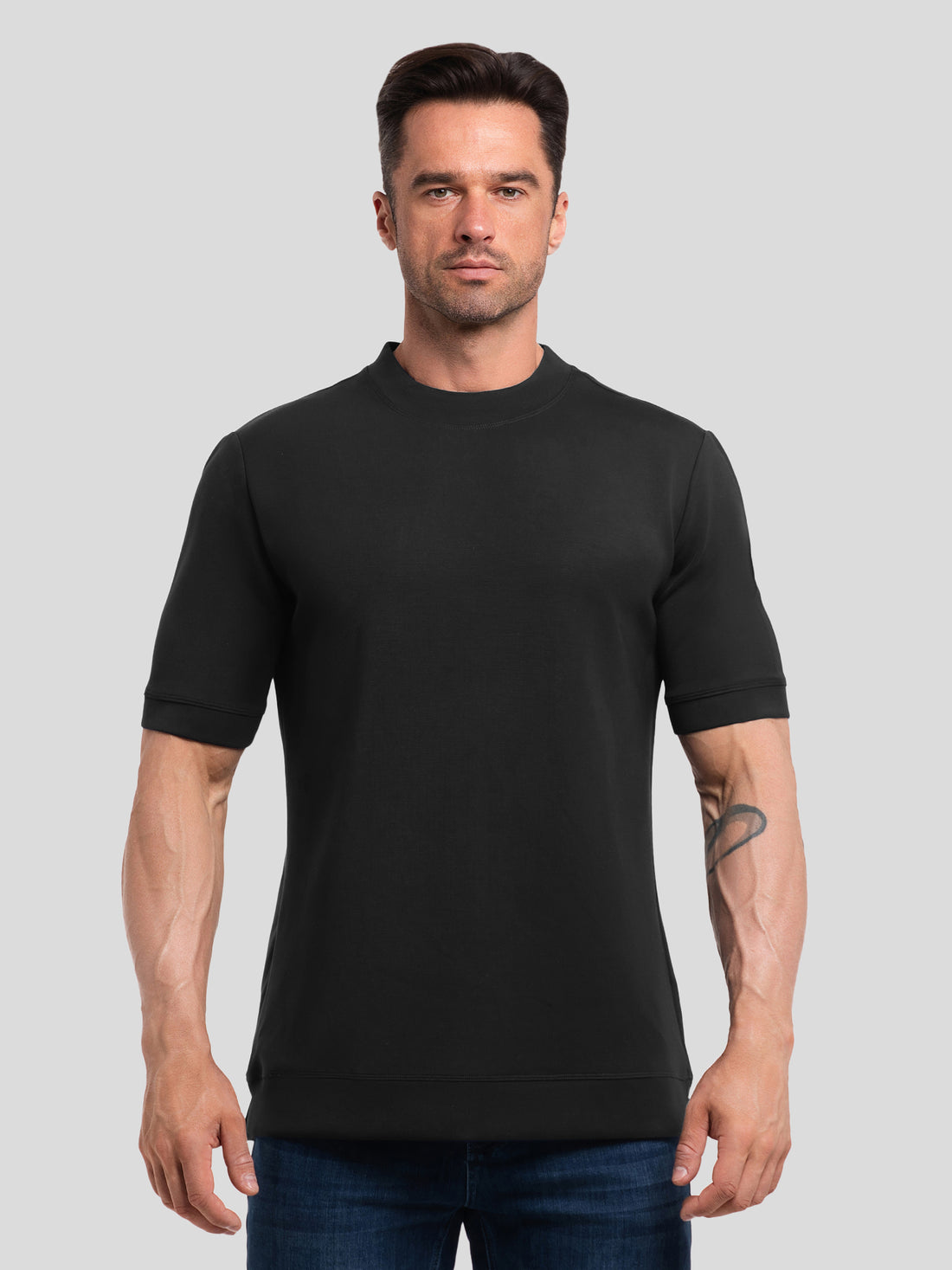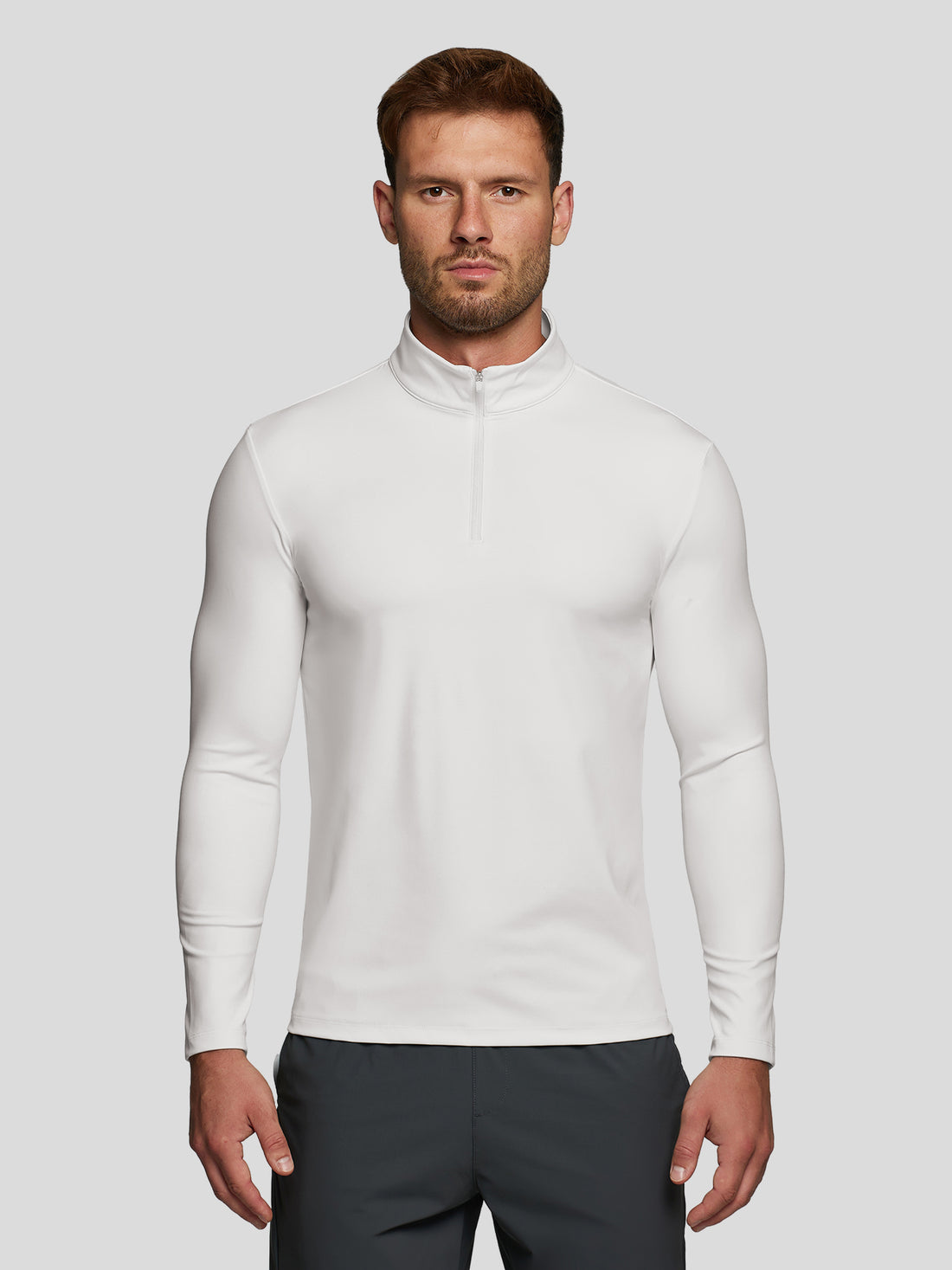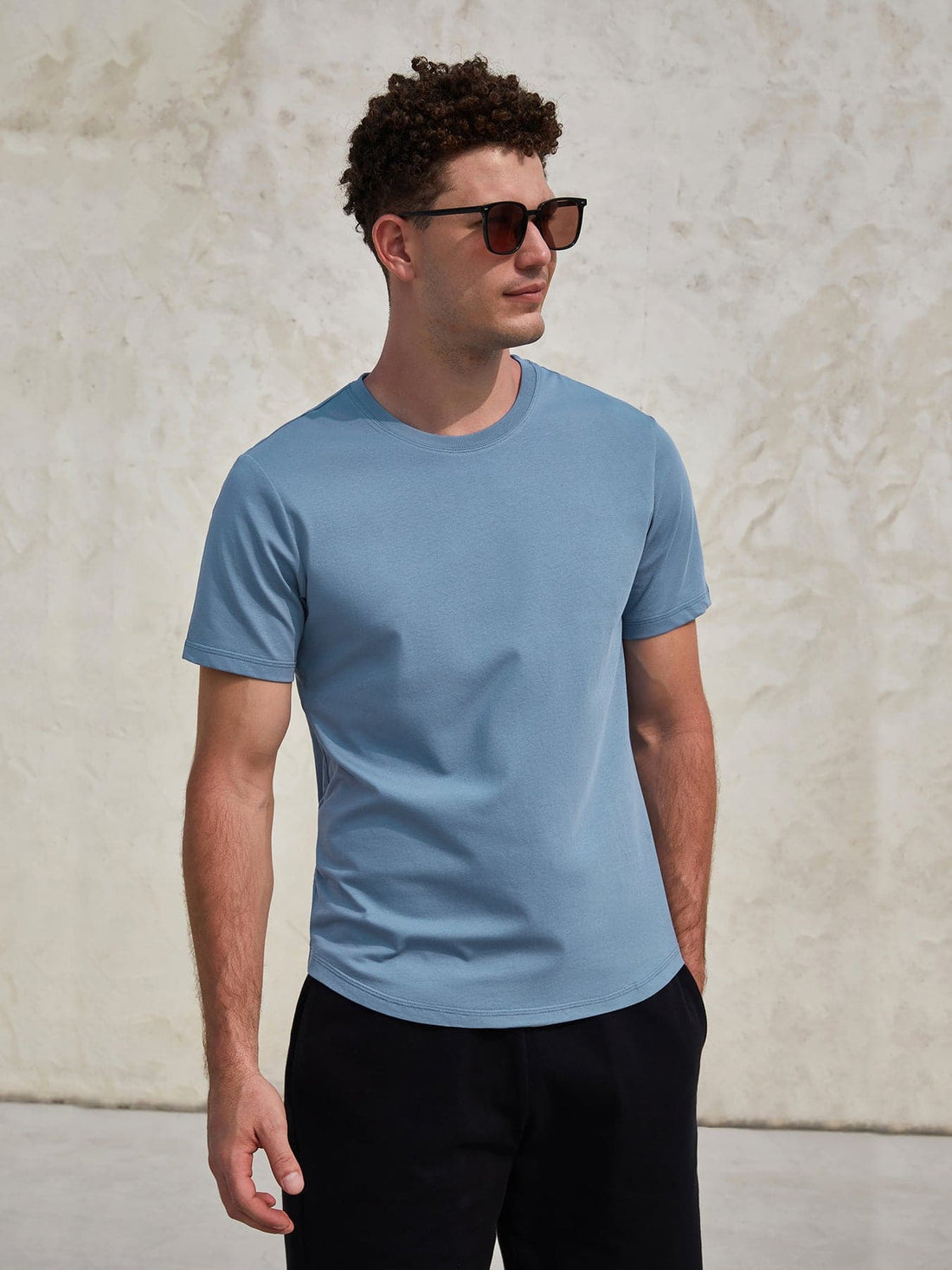
What Are Compression Socks? Are you Wearing It Right?
What Are Compression Socks? If you've ever wondered about those specialized socks that athletes, travelers, or individuals with certain health conditions often wear, you've come to the right place. This innovative technology enhances blood circulation and offers a range of benefits for daily wear, sports recovery, and managing specific medical conditions.
Let's dive deeper into what these versatile socks are, how they work, and why they've become an essential accessory for many.
What Are Compression Socks?
Compression socks are made with special materials and techniques that apply graduated compression to the legs, starting at the ankle and gradually decreasing upward to promote blood flow back to the heart. By providing graded pressure, compression socks improve circulation and reduce problems such as leg fatigue, swelling, and varicose veins.
Compression stocks can be bought at most pharmacies, big stores, and many online places. To get the most out of the compression stockings that are right for you, you may need a prescription from your doctor and a professional fitting.
There are main types of compression stocks:
1. Progressive compression stockings: Pressure in these stockings is highest at the ankle and decreases toward the knee. Your doctor may recommend this type for peripheral edema or upright hypotension. Graduated compression stockings usually require a doctor's prescription and a professional fitting.
2. Anti-embolism socks: these socks also gradually decrease compression from the ankle up but are for people with mobility issues. "Anti-embolism socks help reduce the chances of developing deep vein thrombosis," says one of Riverside's suppliers. Anti-embolism stockings also usually require a doctor's prescription and a professional fitting.
3. Non-medical support socks: These compression socks are available at most pharmacies and do not require a prescription. Support socks provide the same pressure level throughout the sock, which can relieve leg fatigue and soreness.
What Do Compression Socks Do?
Compression socks have a variety of functions and benefits, mainly in the following areas:
1. Improve blood circulation: By applying pressure, they help blood flow back from the lower limbs to the heart and reduce blood pooling in the lower limbs.
2. Reducing leg fatigue: It is suitable for people who stand or walk for a long time or engage in high-intensity exercise, effectively relieving the fatigue of leg muscles.
3. Reduce swelling: Compression stockings can relieve leg swelling caused by prolonged standing or sedentary activities.
4. Preventing varicose veins: It helps prevent varicose veins from occurring by improving blood circulation and reducing venous pressure.
A good companion for compression stocks: compression shirts!
After high-intensity exercise, people must wear compression socks to relieve muscles and fatigue and increase blood circulation in the legs to improve their leg lines. But what about sweating during high-intensity exercise, which can affect your workout? This is when you need a t-shirt that can facilitate your workout and won't hinder it.
The compression shirts! With a perfect fit that hugs your body, you'll never have to worry about a t-shirt that's too big or too small to keep you in line. The shirt is made of quick-drying fabric that allows your sweat to be absorbed quickly, keeping your body dry. At the same time, it's super stretchy, so no matter how much you stretch it, it won't get out of shape.
How to Put on Compression Socks?
The process of putting on compression socks is the same as that of normal socks. You need to follow the usual process of putting on socks.
Once the sock completely covers your calf, check its comfort level. Ensure that it is neither so tight that it interferes with blood circulation nor so loose that it does not provide enough pressure. If needed, you can adjust the position or tightness of the sock for optimal comfort.
⚠If you have skin problems or wounds, consult a doctor or professional before wearing compression socks. Try not to let the socks gather in a particular position.
Who Should Wear Compression Socks?
Compression socks are good for many conditions. Here are some common conditions:
1. People who stand or sit for long periods, such as office workers, teachers, and doctors.
2. Athletes and fitness enthusiasts, especially during intense training or competition.
3. Pregnant women's impaired venous return in the lower limbs is easily caused by hormonal changes in the body during pregnancy and an enlarged uterus pinching the inferior vena cava.
4. People with varicose veins, lymphedema, and other lower extremity vascular diseases.

Can You Sleep in Compression Socks?
Wearing over-the-counter compression socks overnight is usually not beneficial. Taking them off overnight allows the skin to rest and avoid damage.
If you have medical compression socks prescribed by your doctor, your doctor may recommend that you wear them overnight. Follow your doctor's advice if you want to sleep in compression stockings.
How Long Can You Wear Compression Socks?
Generally speaking, most people can wear compression socks for long periods during daily activities, including work, walking, running, or other physical activities. However, wearing compression socks while sleeping at night usually depends on personal preference and your doctor's recommendation.
Are Compression Socks Good for You?
Compression socks can aid many people, depending on their needs and health.
When to Wear Compression Socks?
The choice of when to wear compression socks depends mainly on the individual's needs, health condition, and type of activity. Compression socks are required for recovery from surgery, prolonged standing, varicose veins, etc. Consulting your doctor can determine how long to wear compression socks or how long to keep them on.





